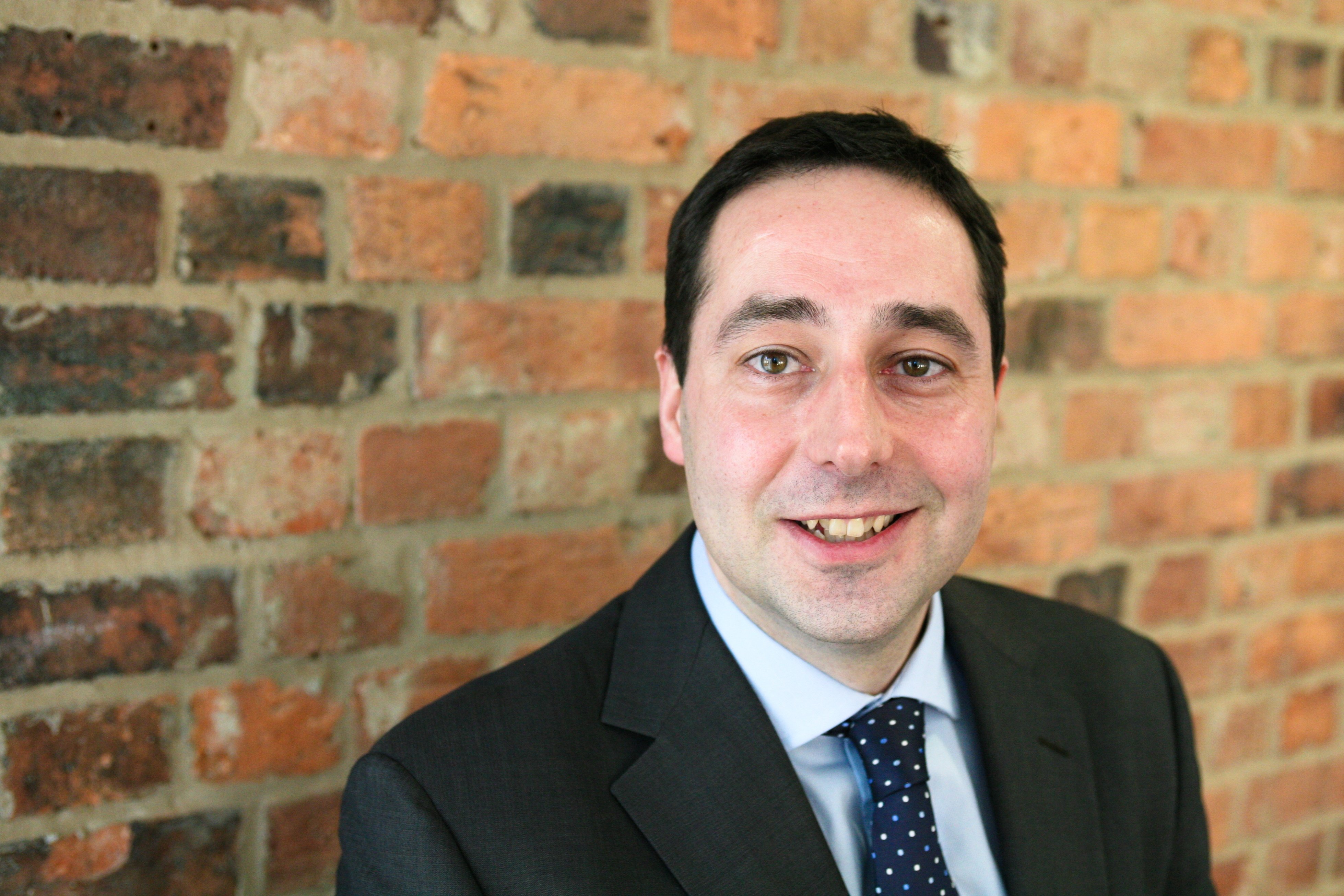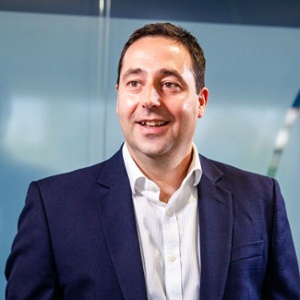
By maintaining regular communication with clients, we are able to identify tax saving opportunities for them. It often turns out that the business owner is unaware of the potential savings, or perhaps uncertain of their eligibility to claim. Looking back over recent months, here are a few examples where substantial tax savings have been received by our clients.
CAPITAL ALLOWANCES
We have recently completed a capital allowances survey for one of our clients. The claim related to two freehold properties purchased second-hand by a group of companies at costs of approximately £650,000 and £373,000. A specialist survey was undertaken to identify the value of integral features and fixtures and fittings “hidden” in the purchase price. Due to the fact that both buildings were essentially office accommodation, the value of the claim was relatively modest. However, expenditure totalling approximately £139,000 for both buildings, amounting to 13.6% of the purchase price, was identified as expenditure qualifying for capital allowances. This has provided the client with a future corporation tax saving estimated to be in the region of £32,000 which they would not have been entitled to without carrying out the survey.
Capital allowances claims carried out on factories and industrial units could generate significantly higher tax savings. Buildings occupied by certain trade sectors, such as hotels, nursing and residential homes, and dental / doctor’s surgeries could include qualifying expenditure as high as 40% of the building cost.
PATENT BOX
Whilst meeting with an existing client recently to discuss a potential claim for R & D tax reliefs, it became apparent that one of their R & D projects had led to the development of a completely new product. We discussed the commercial merits of applying for a patent on the new product in terms of protecting the development from others copying or manufacturing the product. Shorts were able to introduce a Patent Attorney to the client, who felt that a patent application was appropriate and moreover needed to be made swiftly, before the product was taken to market at a trade exhibition. The patent application was made within a week of our meeting with the client. As well as real commercial benefits, the added advantage to patenting new products or processes is the tax relief available under the Patent Box regime. It’s too early to quantify for this client what the benefit will be as this will depend on turnover generated from the patented product; however, with the Patent Box regime allowing profits derived from patents to be taxed at 10% rather than 20%, there should be some real cash savings for the company over the life of the patent.
RESEARCH & DEVELOPMENT TAX RELIEFS
Shorts have had some real success recently with clients receiving repayments from HMRC following claims for R & D reliefs. One small company has received a repayment in excess of £24,000 in relation to a claim for developing new software. Another company, which had to claim under the Large company regime as some of its work was grant funded, has successfully made a claim for a £12,000 repayment under the Research and Development Expenditure Credit scheme. For the first time, this enables companies which have to claim under the Large scheme to receive a cash repayment from HMRC. Although opting to take a repayment results in a smaller benefit overall (currently 14%, as opposed to a future tax saving at 20%), there is a cash flow advantage to receiving the repayment now – particularly where the company is unlikely to be tax paying for several years.
Our tax department would be happy to discuss any tax claims with you; please do not hesitate to contact us.

Scott Burkinshaw
I am Head of Business Taxes at Shorts, where I lead our specialist Radius team focusing on R&D tax relief. As a Chartered Tax Adviser with over a decade of experience at national and international firms, I work with businesses and their owners to provide strategic corporate and personal tax advice. My expertise includes R&D tax relief, business disposals and acquisitions, and long-term tax planning, helping clients achieve their goals in the most efficient way.
View my articles

